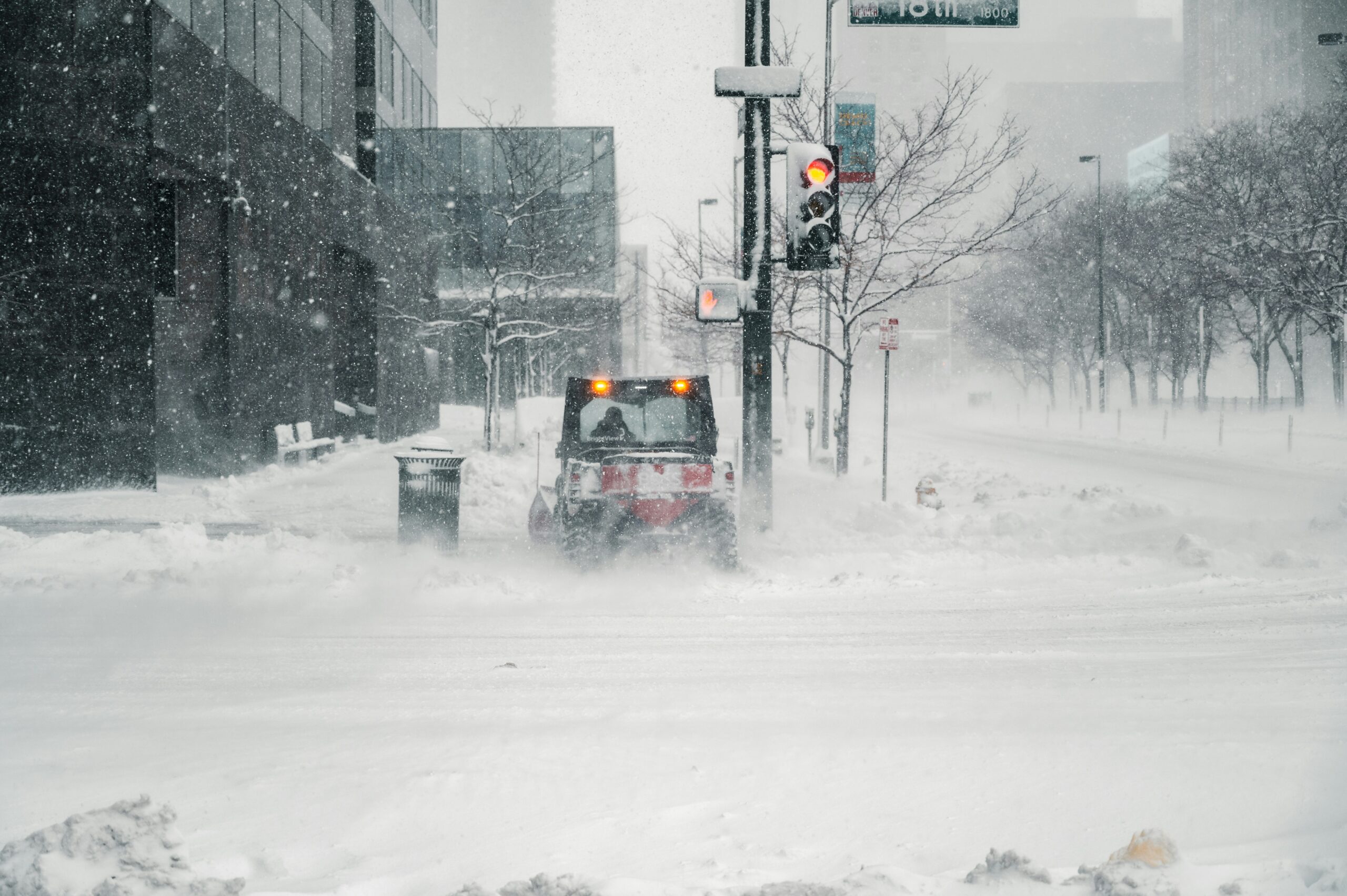Auto insurance rates are on the rise. Just in the last year alone, auto insurance rates have risen by 18.9%, according to data from the U.S. Bureau of Labour Statistics. For states whose rates were already on the higher end, it seems like there’s no relief in sight. For many vehicle owners, this can be incredibly discouraging. Auto insurance is a must-have purchase, but why is it becoming so expensive?
In previous articles, we’ve covered topics related to rising auto insurance prices like the hard market its relation to insurance rates as well as high auto insurance pricing for teens and new drivers. In this blog post, we dig a little deeper into the issue with data from SafeCo. We aim to take a look at some global events causing significant ramifications to auto insurance pricing, stats, and more to help broaden your understanding of the current issue as a policyholder, and perhaps give you a starting point on how best to manage your premiums.
Ripples from the COVID-19 Pandemic
This article was written in 2023, and so while the initial outbreak is long behind us and it isn’t looking like we’re going to be seeing any unexpected closures for some time, COVID-19 has had a ripple effect on the economy. During COVID-19, we saw a tremendous depletion in the supply of both new and used vehicles, and even now we have yet to see those inventories come back to what they were. Since 2020, the price of new cars has risen by 20%, and the price of used cars has increased by 37%.
*Source: Federal Reserve Bank of St. Louis, Consumer Price Index.
What does this mean when it comes to insurance? Well, it’s not really about the number of used or new cars available on the market – it’s about the same market dynamics impacting the number of car parts available to do repairs. Since the end of 2022, car parts and equipment have been about 22.3% This means that the cost to repair vehicles has increased, resulting in higher claim payouts for insurance companies. As a result? Higher claim payouts = the need to raise rates to ensure an adequate pool of payout money for insured losses.
*Sources: Consumer Price Index, 2022 TechForce Foundation Technician Supply & Demand Report.
Medical Care Costs on the Rise
During COVID-19, work-from-home and stay-at-home orders had fewer vehicles driving on the road, and therefore the number of fatalities and injuries declined – severely. That spiked when many orders were lifted in 2021, peaking, before somewhat falling again. With the rising cost of medical care, personal injury protection and bodily injury liability claim costs continue to spike. Between 2020 and 2022 alone, the cost of medical care in the U.S. jumped by 6.8%.
*Source: Producer Price Index, Federal Reserve Bank of St. Louis.
The Higher the Cost of Losses, the Higher the Premiums
Although it might seem unfair, especially if you have not made a claim or been in an accident, the way insurance works is that to afford the high cost of claim payouts, insurers need to raise rates. It’s a hard hit for low-income and otherwise vulnerable drivers, some of which may need to weigh the cost and benefits of car ownership altogether.
Premiums Vary State-by-State
Although the average change in car insurance premiums between 2022-2023 was around 17% on average across the United States, that number has varied drastically between each state. An infographic from FINN America at the Washington Post gives us the breakdown, the most notable of which we will highlight in a list below:
- Minnesota: 4% increase
- Kansas: 11% increase
- Colorado: 53% increase
- Florida: 88% increase
- Texas: 21% increase
- Nevada: 51% increase
- California: 16% increase
- Nebraska: 46% increase
- Iowa: 29% increase
State-specific increases can be due to a number of reasons, for example: Colorado’s car insurance premiums have seen a tremendous increase of 50%+, largely in part due to the huge number of tornadoes, blizzards, and hailstorms resulting in an increased number of claims. Florida, by the same token, has increased its premiums due to insurers needing to make up for losses resulting from hurricane damages. All states have been impacted by payouts driven by natural disasters, the high cost of replacements and repairs, inflation, the higher cost of luxury vehicles, and more.
What Do We Do?
To many, it might seem like there’s really no escape from higher premiums, since many of us are dependent on our vehicles to get to work and manage family affairs. Car insurance is required by law, so to drive, you must have it. Getting caught driving without is oftentimes costlier than a year’s average premium, so it’s just not worth the risk.
In the face of rising auto insurance premiums, it’s good to have a subject-matter expert in your corner. Working with an agent, like any representative from AHI, can help you gain industry insights and arm you with knowledge on how best to save. We’ll recommend different discounts you may be eligible for and offer personalized advice to help you cut costs.
Navigating a Costly Insurance Landscape
The matter of factors influencing auto insurance rates demands a nuanced understanding, and although we hope that our exploration has shed some light on key contributors, the field is ever-changing.
As policyholders try to make sense of the shifting dynamic, AHI Group stands as a steadfast partner committed to providing tailored solutions for residents of Kansas, Nebraska, Texas, and beyond. AHI is poised to guide you through the intricacies of your coverage. We encourage you to take an active role in managing your insurance costs by reaching out to our dedicated team. Contact AHI today to discover potential avenues for cost reduction, discount opportunities, and more.






























